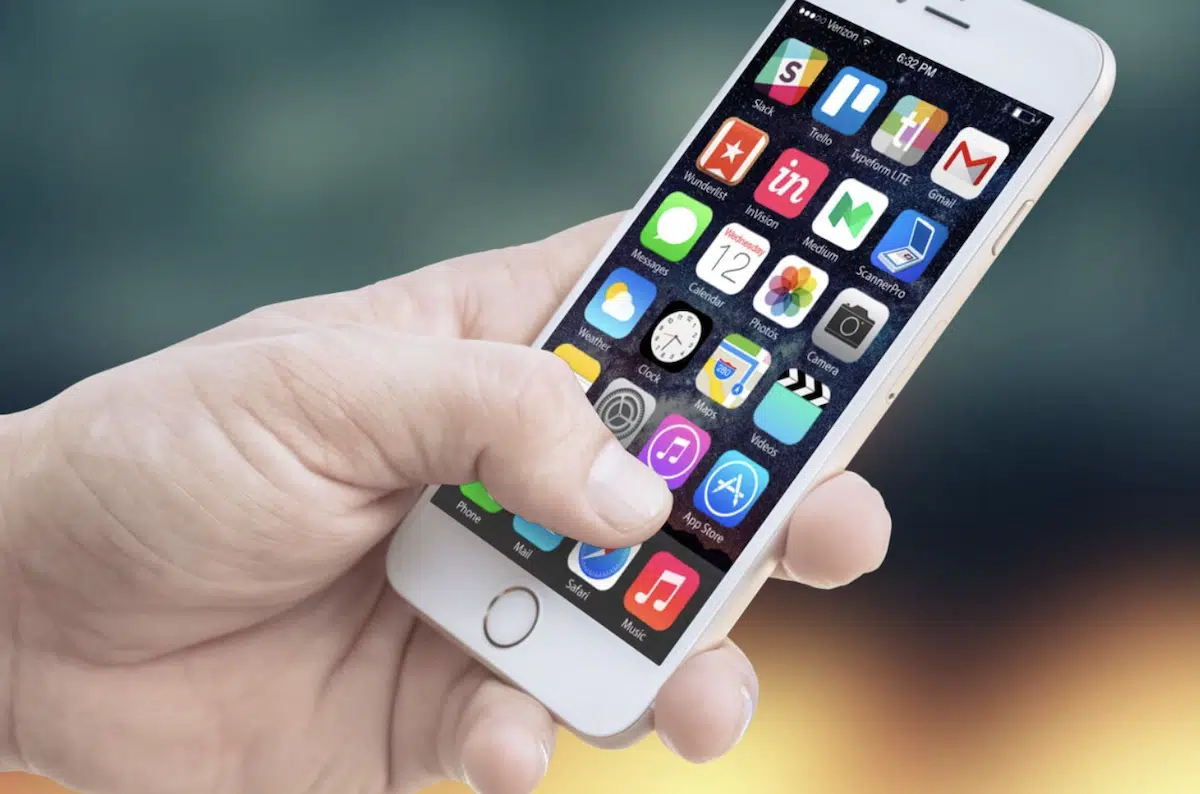To successfully attract users to a mobile app, comprehensive work is important. In this case, it’s not just about buying all sorts of advertising traffic but also about optimizing the app page in the store (App Store Optimization).
Why Promote Apps in the App Store
The Apple App Store is a store of applications and other content for iOS devices.
Often app owners wonder, “Why do the number of clicks on an ad exceed the number of installations in the store by several hundred times?” Obviously, the ad is hooking the audience, but the lack of proper optimization of the app page discourages users from making a conversion. That said, poor optimization can have a negative impact on organic installs as well.
Promoting apps in the App Store is one way to avoid such situations, attract more organic traffic and not lose users at the page view stage in the store.
Principle of App Store Ranking
The first line of search results is usually occupied by a paid ad or the application most relevant to the search query. The other most popular apps based on the request entered come next. It works for both apps allowing you to play blackjack online and time-management tools.
The position in search results is primarily influenced by the number of installations and openings of a mobile app, no matter from which source. The more of them, the higher the position in both search and category rankings.
Text metadata has the greatest effect on an app’s search ranking, but not all of the text on the app page in the Apple App Store is indexed.
These factors influence rankings:
- Title.
- Subtitle.
- Keyword input field.
These aspects don’t affect ranking:
- Main description.
- Promo text.
Stages of Promotion of an App in the App Store
Text Optimization
The first stage of text optimization is the formation of a semantic core. The kernel should be made up from the most popular search queries and, if possible, taking into account the conversion rate of the queries taking into account the positions occupied by similar apps in the same category.
The prepared semantic core is then used to create new texts for the page.
Application Title
The allowed length of the title of the application is 30 characters with spaces. This volume should be used to the maximum and the highest-frequency words should be added.
Words from the title are given the most preference by the search algorithm, so the text should contain the name of the app and the most popular words in the category.
Subtitle
Same as in the title the text shouldnt be longer than 30 characters and should contain keywords other than those already used in the title.
Keyword Field
A special keyword field is only available in the App Store and can be updated in the App Store Connect Developer Console. There are only 100 characters available in this section, so don’t use a space after a comma between words to accommodate as many keywords as possible. Try to include the highest-frequency queries from the previously prepared semantic core.
Graphic Optimization
Icon
An icon is the main element of an app’s graphics – it’s shown wherever the app is mentioned. The design of the icon should be minimalistic and recognizable enough to stand out among competitors. At the same time, there should be no text on the icon. It’s best to use your brand logo.
Requirements:
- JPEG or PNG file.
- Size: 1024 x 1024 pixels.
- 72 dpi, RGB.
Screenshots
You can add up to 10 screenshots to the App Store, optimally 8 images.
The screenshots show the functionality of the product in action. The first 3 screenshots are recommended to contain the most important information, as well as unique offers for new users of the application, if relevant.
Apple has different technical requirements depending on the screen diagonal of the device.
Video
You can upload up to 3 videos to the App Store. It’s better to add only one.
As with screenshots, video requirements vary depending on your device.
Working With Ratings and Reviews
Working with ratings is an important part of optimizing the app’s page. This work is done on an ongoing basis, since the app’s rating can change from day to day.
One way to improve the rating is to ask the user to rate it. After successfully completing any action in the app, display a popup window and ask the user to rate the app in the store.
Moreover, most of the users pay attention to the reviews about the app, so make sure that the positive reviews are always visible and the negative ones are not left without your attention. There’s a good chance that the user who left a negative review and a low rating will change it if you help them solve the problem they encountered.
To make responding to feedback easier and faster, you should:
- Prepare a file with typical questions and problems that users encounter most often.
- Write a few answers for each problem that can help the user to understand the situation on their own.
If the user can’t solve the problem on their own, try to contact them in any way possible and suggest solutions.
Optimization of the App Store page is an important stage of iOS app promotion, which, all things being equal, is the least expensive in terms of resources and allows you to get a large number of loyal users organically and increase the profitability of the project.
